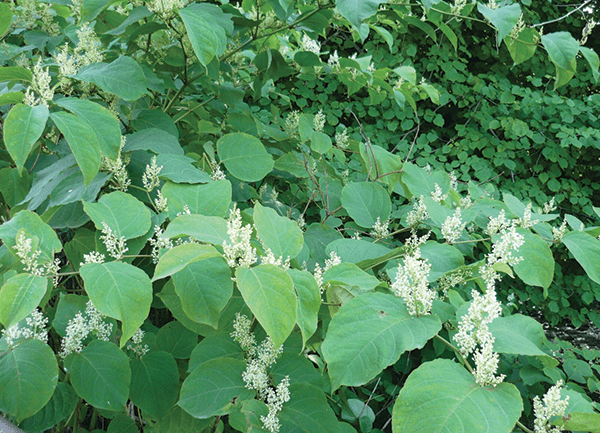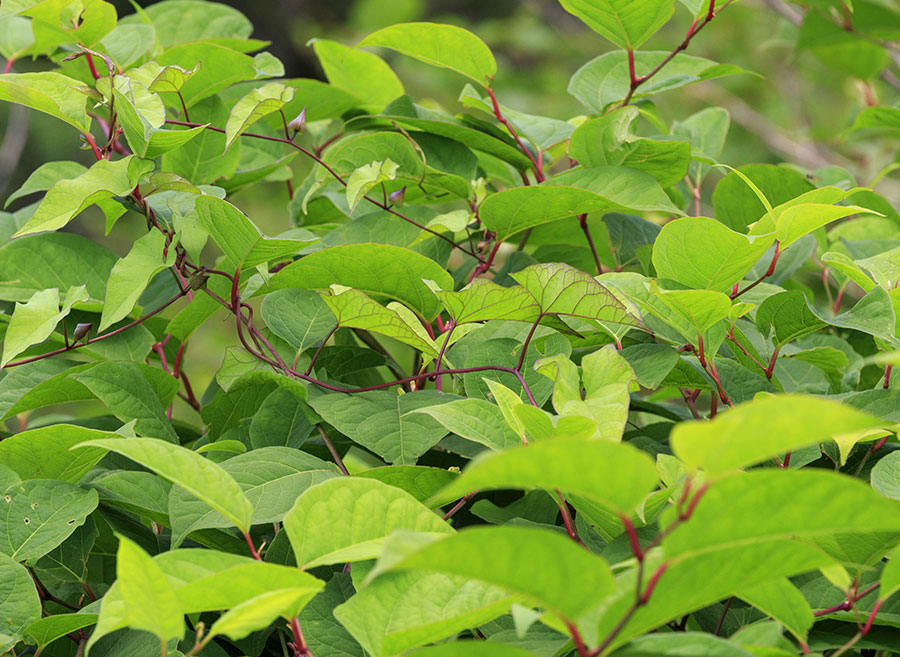Excavation and off-site disposal to a licenced landfill, more commonly known as ‘Dig and Dump’ is often the best option where time is the most pressing factor affecting your site. It is however the most expensive option and may necessitate cooperation between neighbouring landowners. An underground Japanese Knotweed approved barrier between neighbouring properties can also be used to eliminate reinfestation from the boundary areas, where a full excavation is not possible. The following are necessary to enable off-site removal;
Design & create a Site-Specific Management Plan with Biosecurity documents.


Application to the National Parks and Wildlife Services (NPWS) for removal and transportation licences..
A site-specific licence from the NPWS will be necessary, to enable any Japanese Knotweed infested material, to be transported off-site to a licenced landfill.
The excavated area may also need to be reinstated with imported soil or clean fill after the excavation of the infested soil. This will also depend on the location, proposed site development and the size of the void after excavation works are completed.
